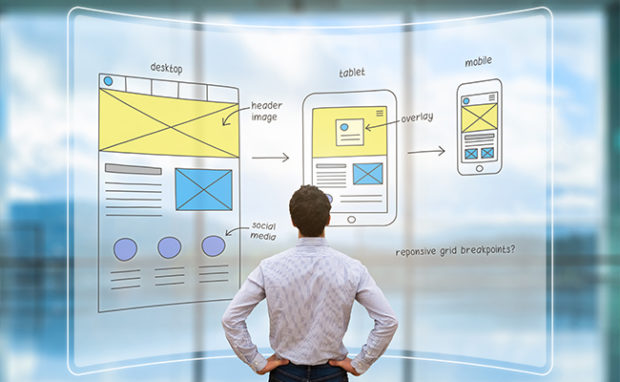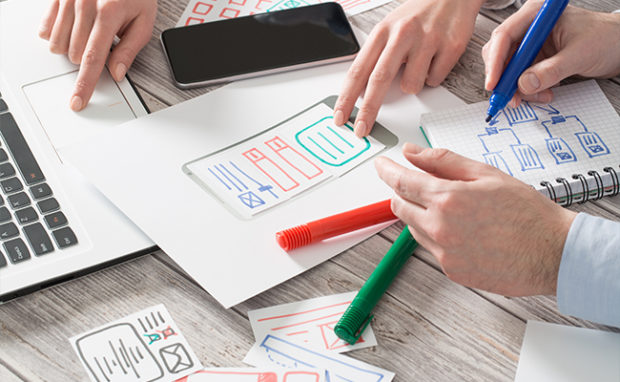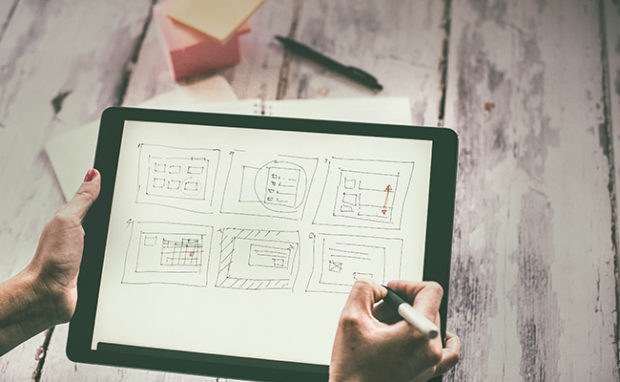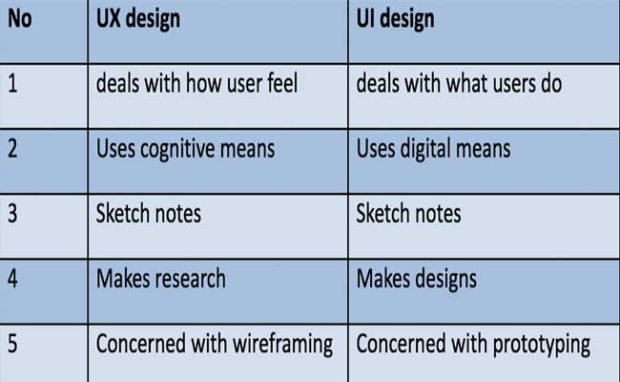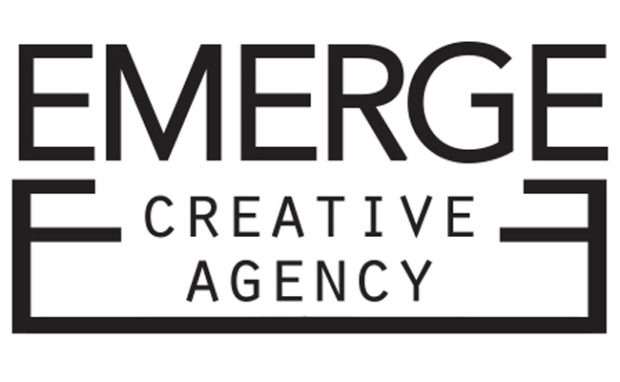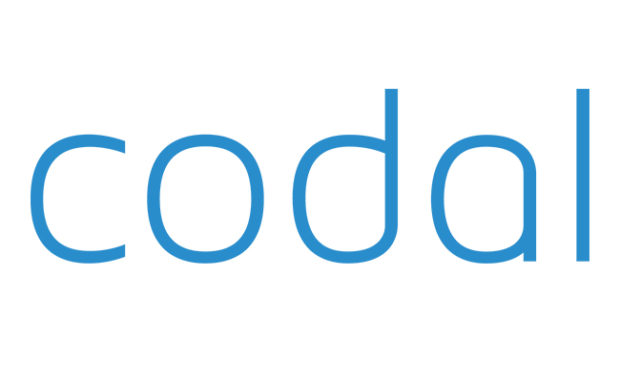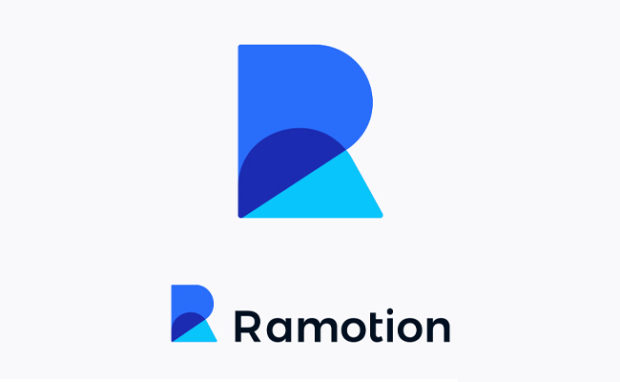What Do User Experience Design Firms Really Do?
What Do User Experience Design Firms Really Do?
In today’s age of technology and seamless design, there seems to be a disconnect of how intricate and dense these websites, apps, and more really are. To that, the world doesn’t seem to get the full meaning of UX design or its essence. Most of you guys reading this piece have been beneficiaries of user experience design, but you’re not just aware of it. To make a product more accessible, desirable and of course, usable, big companies hire UX designers.
For instance, Luxury aside, have you ever wondered why Apple users feel great when using Apple products? Do you care to know the reasons new software are tested by a “selective group of people” before they’re made available to the public? Yeah! Your guess is as good as mine — UX design involves testing products before the launch date, but since 1990, when Don Norman coined the term, UX design, it has evolved beyond mere testing of products. Are you ready?
What is UX design?
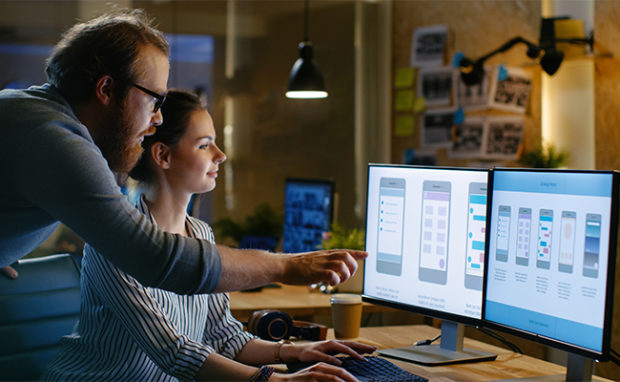
User experience design aka UXD, UED, or XD is a broad field that focuses on enhancing user satisfaction by refining the key attributes people expect from a product. Product attributes, like accessibility, desirability, and usability brings satisfaction to users.
User experience design covers all aspects of a product, including human-computer interaction (HCI). Unlike other single design disciplines, UX designers utilize various skills and perspectives while carrying out their job.
Elements of User Experience Design
This is all dependent on the aim or style of the UX agency or individual in charge.
We’ll briefly discuss six UX design elements in this guide, namely;
- Visual design: Visual designers are more concerned about the look-and-feel of the front end of the user interface.
- Information architecture: interested in the whole organized the data in products and services? Information architects are your go-to’s.
- Interaction design: this is the sub-division that deals with interaction design, which centers on developing undistorted communication between users and products.
- Usability: product usability is defined as the duration needed for users to derive satisfaction effectively from the product.
- Accessibility: The ease of reach, use, and comprehension of a product or service. It’s the part of UX design that ensures users understand the features and usage of a product.
- Human-computer interaction: HCI ensures that computers are optimized for users. It is an essential subdivision of UX design, which is concerned with the evaluation, structuring, and execution of interactive computer systems for human use.
What’s Is the User Experience Design Process: UX Design
UX Designer job description: the role of a UX designer involves conducting user research and testing, which is an important aspect of branding. Product development such as wireframes and task flows based on user needs.
Below is a detailed explanation of the user experience design process;
User Experience Design Process: First Stage
Study. The first and most important step for UX designers to do is study the product or service they will be working with. Believe me — this is where the magic happens.
For example, if a UX designer with the case-name, George winner is hired to improve the usability of a restaurant app, he’d get a broader view of the product by using the app, conducting competitor’s research and asking around (offline or online).
Then, the UX designer would have more insights into the current issues with past apps and potential solutions.
Personas and Information Architecture
We’ve briefly explained what information architecture means in the — elements of UX design. And like we said earlier, UX design is a large niche that develops a product for vast personas.
The UX designer starts to systematically assess the problem at hand. They do so by working on how to satisfy various wants/needs, views, and personas depending on the client(s).
The data derived from this research can be refined and sketched into paper prototypes. Thus making the job of the UX designer easier as there is a clear direction with a clear goal in mind.
Wireframes and User Testing
Wireframes come after paper prototypes. These are accompanied by user testing and lots of iterating. Thought Wireframes contain the same information as paper prototypes but in a more refined format.
UX designers often begin with crude black and white designs before proceeding to more interactive designs which allow users to access different pages on various screens (as it would appear on the final product). From stage to stage, the UX design process requires continual user testing and iterations.
Visual Design
Once wireframes are refined, it is then converted into well-designed models. The proposed model defines the exact imagery and typography that will be displayed. The model should imitate, at it’s best, the real user interface and reveal how the real product would look like.
Usability Testing and Others
After completion, actionable prototypes of the visual design are released to individuals with the sketched personas for testing.
Depending on the budget of the clients or companies, several tests could be done before the final release of the product. Emergency meetings would be set up among the UX team, in a bid to review their former decisions and refine any other feature that they missed.
Note: the UX designer’s work doesn’t end after the product is launched. There could be further changes after release.
Related Articles
Best CRM Software for Small Businesses
How to Advertise on Facebook: Advertising Skills for 2019
What’s the Difference Between UX Design and UI Design?
Five Best User Experience Design Firms
Each firm has its own area of focus with regards to the expertise. However, UX and UI generally encompass a lot so there can be much crossover between the firms. It is best to assess the situation at hand, define your success metrics, and then pursue the firms you deem the best for you until you arrive at selecting a UX firm.
Emerge
Emerge is a digital agency based out of Portland, OR and founded in 1998. They started with a team of 30 UX and UI designers
At Emerge, experts focus more on the creation of innovative apps, web pages, and other digital products. The company won 5 Outstanding Achievement Awards in 2010.
Oomph
Founded in 2017, Oomph started with 25 employees with different areas of expertise ranging from web design to the development for Drupal and WordPress and UI/UX design.
Codal
Based out of Chicago and has over 90 employees specializing in all things mobile. If you’re looking for a full stack agency in Chicago, Codal is at your service (if you can afford them).
Visit Codal website
Ramotion
Ramotion, a mobile app development company, deals with coding and visual brand identity and based in San Francisco. The company has proven itself to be a very skilled agency.
Praxent
Praxent boasts of over 300 unique software products. Founded in 2000, in Austin, TX, Praxent has been collaborating with companies of all sizes on their software development, web development, and mobile app development needs.
Final Thoughts
UI design and UX design look quite similar in layman. However, the two fields are quite different from each other. In summary, UI design deals more with the creation of cool user interface while UX design concentrates on the cognitive part. Both fields work hand in hand as you would not be able to have one without the other. There are many layers and complementary systems to both UI and UX as we hope you understand the complexity and specialty each design firm has to offer.


